Exercises for Knee Pain
If you have arthritic knee pain and can’t have surgery due to a COVID delay or other factor, here are a few things you can do that may help ease your wait.
If you have arthritic knee pain and can’t have surgery due to a COVID delay or other factor, here are a few things you can do that may help ease your wait.
From both a staffing and inpatient perspective, the ability of hospital systems to hold elective surgeries has wavered over the last couple of years due to the COVID-19 pandemic. During the first part of the pandemic, safety restricted hospitalizations therefore limiting the amount of elective surgeries allowed. Then, scarce resources, not only staff but also inventory, started playing a factor in whether or not surgeries could be performed.
Because hospitals and staff have been so overloaded, non-essential “elective” surgeries (which commonly include knee replacements) can get delayed. For many, this delay has led to the need for alternatives to surgery, in order to accommodate the impact of COVID-19 on the healthcare system.
During an unexpected delay, exercise and stretching may help bridge the gap. Knee specific exercises can help lessen the burden and limitations of knee arthritis while awaiting a joint replacement. An additional benefit, pre-operative rehabilitation “prehab” can help prepare your body for post-operative rehabilitation.
Ask your doctor before you try ANY of these exercises to see if they are right for you. Over-activity or excessive loads may cause damage and some, or all, of these exercises may not be appropriate for your specific condition. Zimmer Biomet does not practice medicine. This information was prepared in conjunction with licensed healthcare professionals.
Water-based knee exercises
The buoyancy of water removes much of the load bearing across an arthritic joint. It also provides resistance for muscular strength and excellent heat transfer – helping reduce the discomfort from sweating.
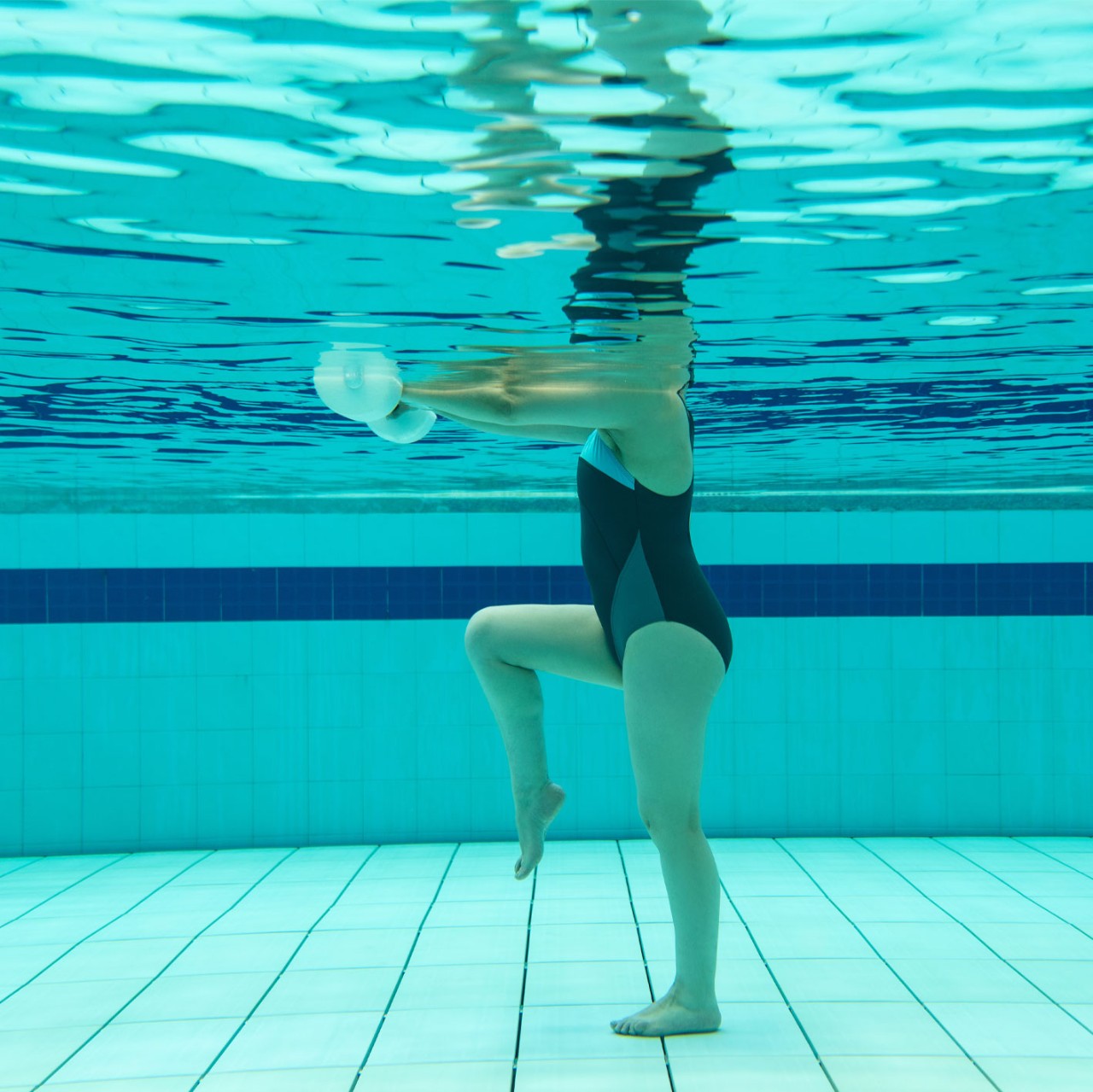
Using the water to walk for knee specific exercise is a good place to start. The endurance of the core, quadriceps, hamstrings, and calf are worked longer, more symmetrically, and typically with less injury than land-based walking. The slower movement of the swinging leg also helps to stretch the capsule of the knee – an area commonly contracted with arthritic progression. As the capsule has tightened over time with reduced activity, stretching it helps prepare for recovery. This type of tissue stretches more with slow movement and is less likely to tear. Think of it like Silly Putty. If you pull it too quickly, it can rip. Slower tension usually allows it to stretch more.
I have found that one of the most important predictors of post-operative range of motion of a knee replacement is the patients’ pre-operative range of motion.
Land-based knee exercises
Building up the quadriceps and hamstrings are important. Knee joints respond to both isometric and isokinetic exercises. Isometrics do not involve joint movement. They involve tightening the muscles while the knee is fixed in position.
Isokinetic exercises involve movement without resistance. These are for both range of motion and endurance.
Here are a few examples of isometric knee exercises:
1) Quad sets – Place a small pillow or towel behind the knee while sitting or lying down with the leg extended. Forcibly tighten the quad to push the back of the knee against the object. Hold for 8 – 10 seconds.
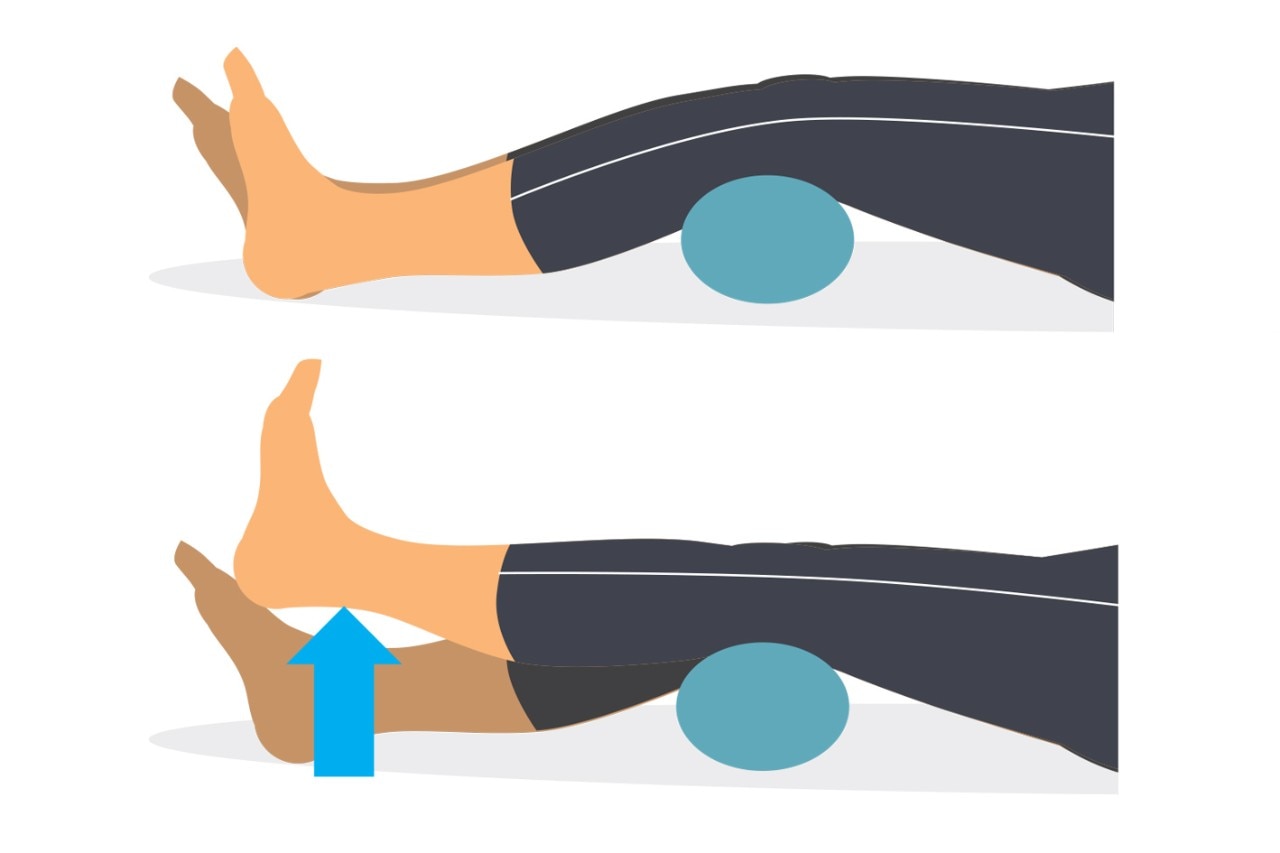
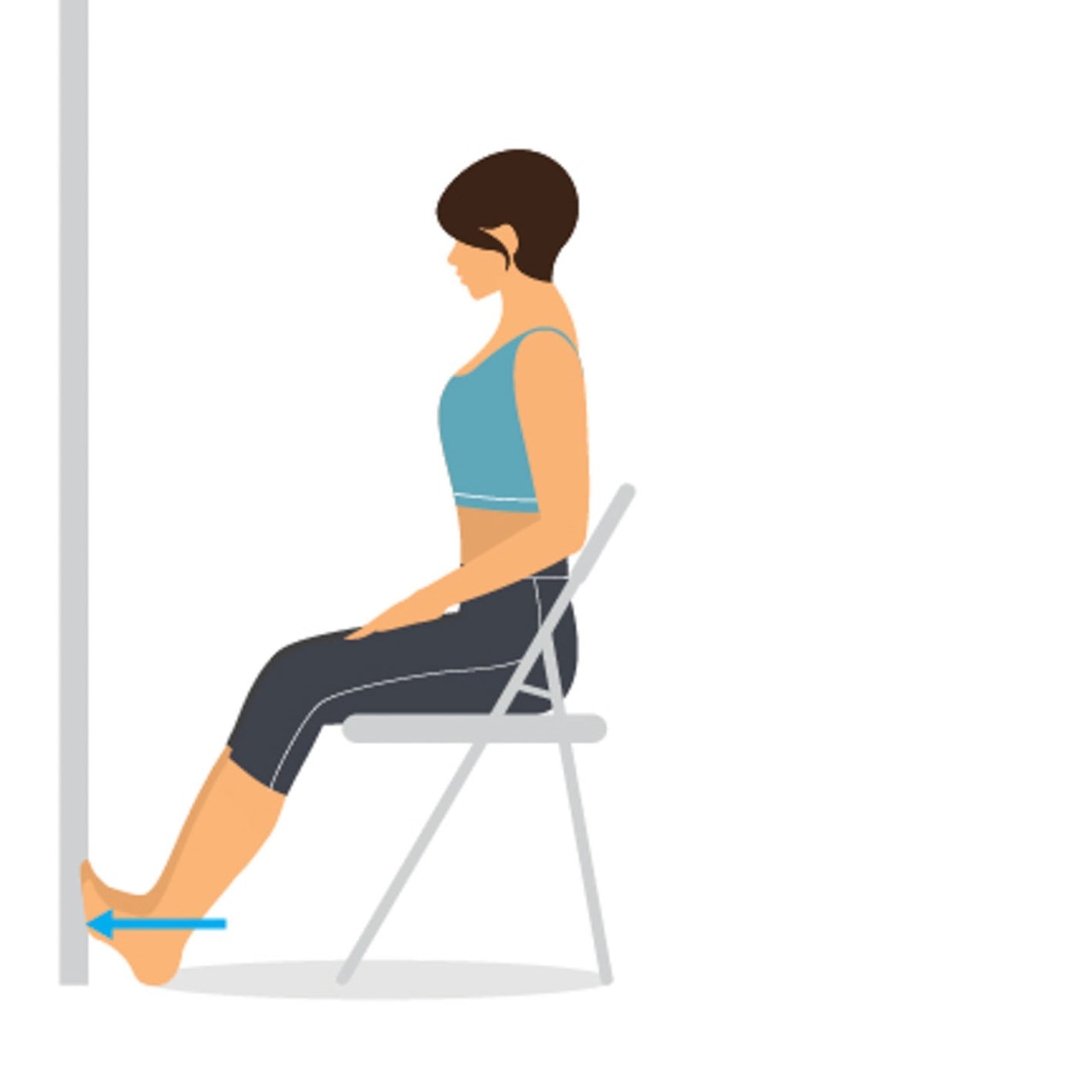
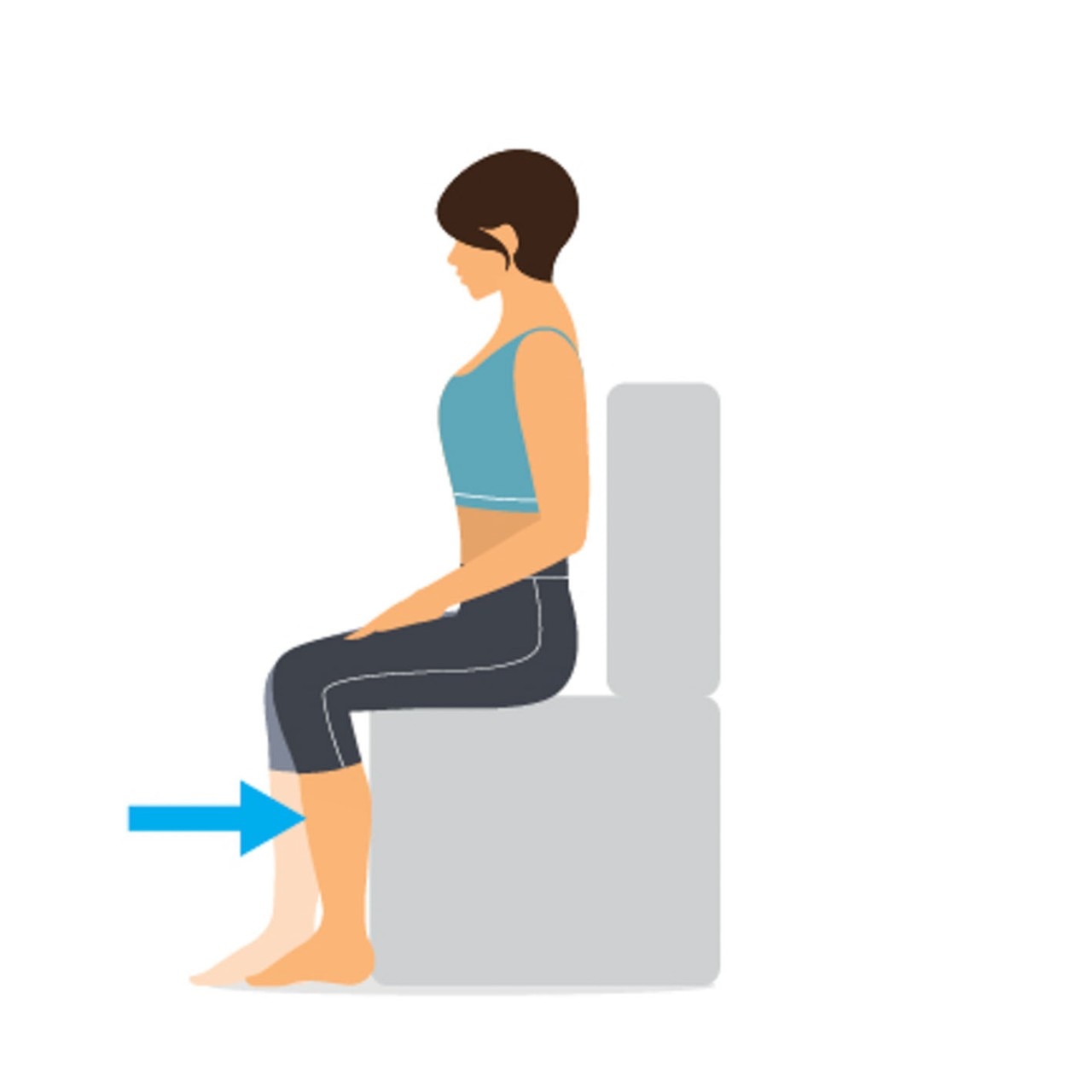
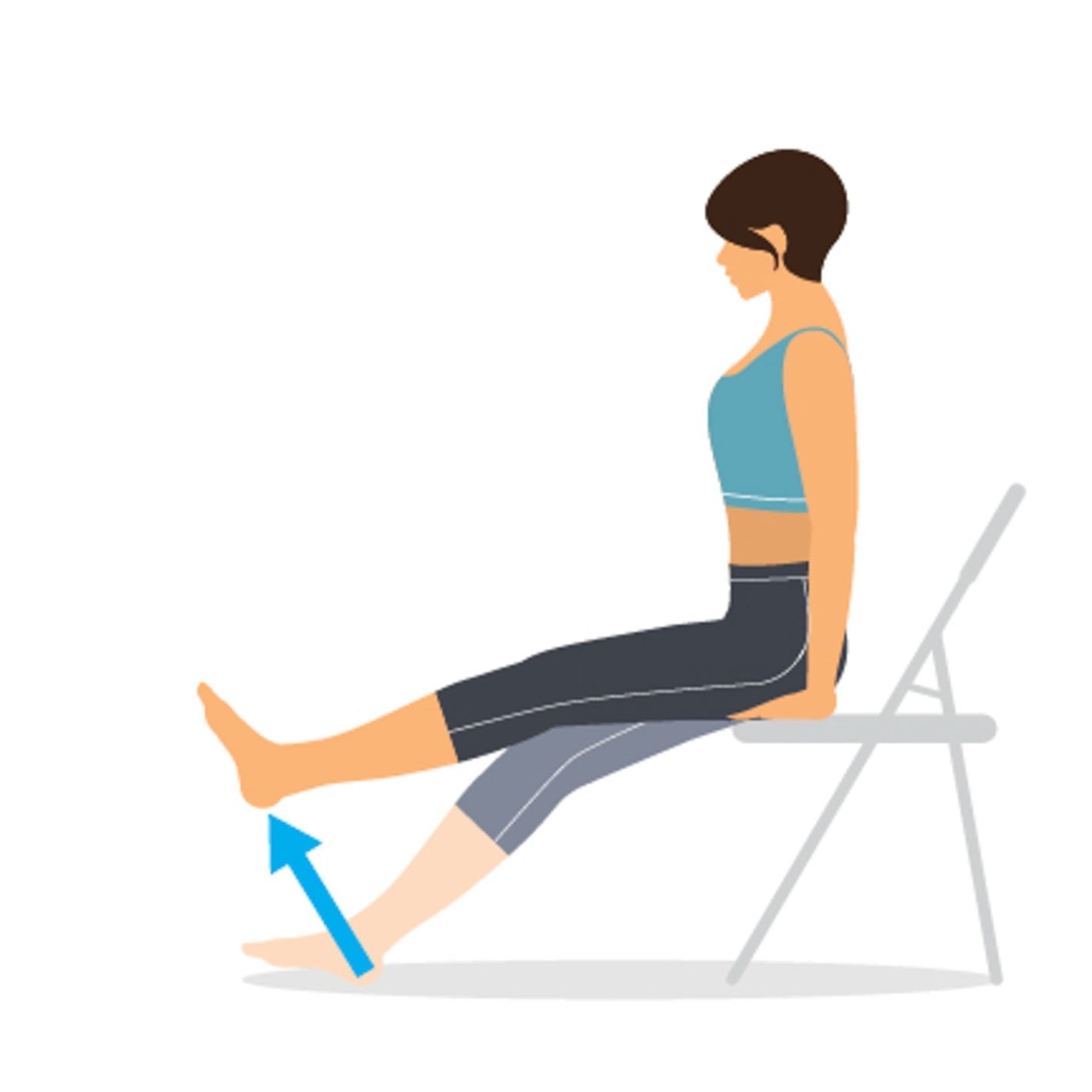
The next level of exercises that can help are isokinetic exercises – movement without resistance. These are for both range of motion and endurance.
Here are a few examples of isokinetic knee exercises:
1) Ankle pumps – Lie on the back and gently flex the foot up and down. Alternate feet, then try moving them together. This can help enhances blood flow and range of motion of the foot for post-operative function.
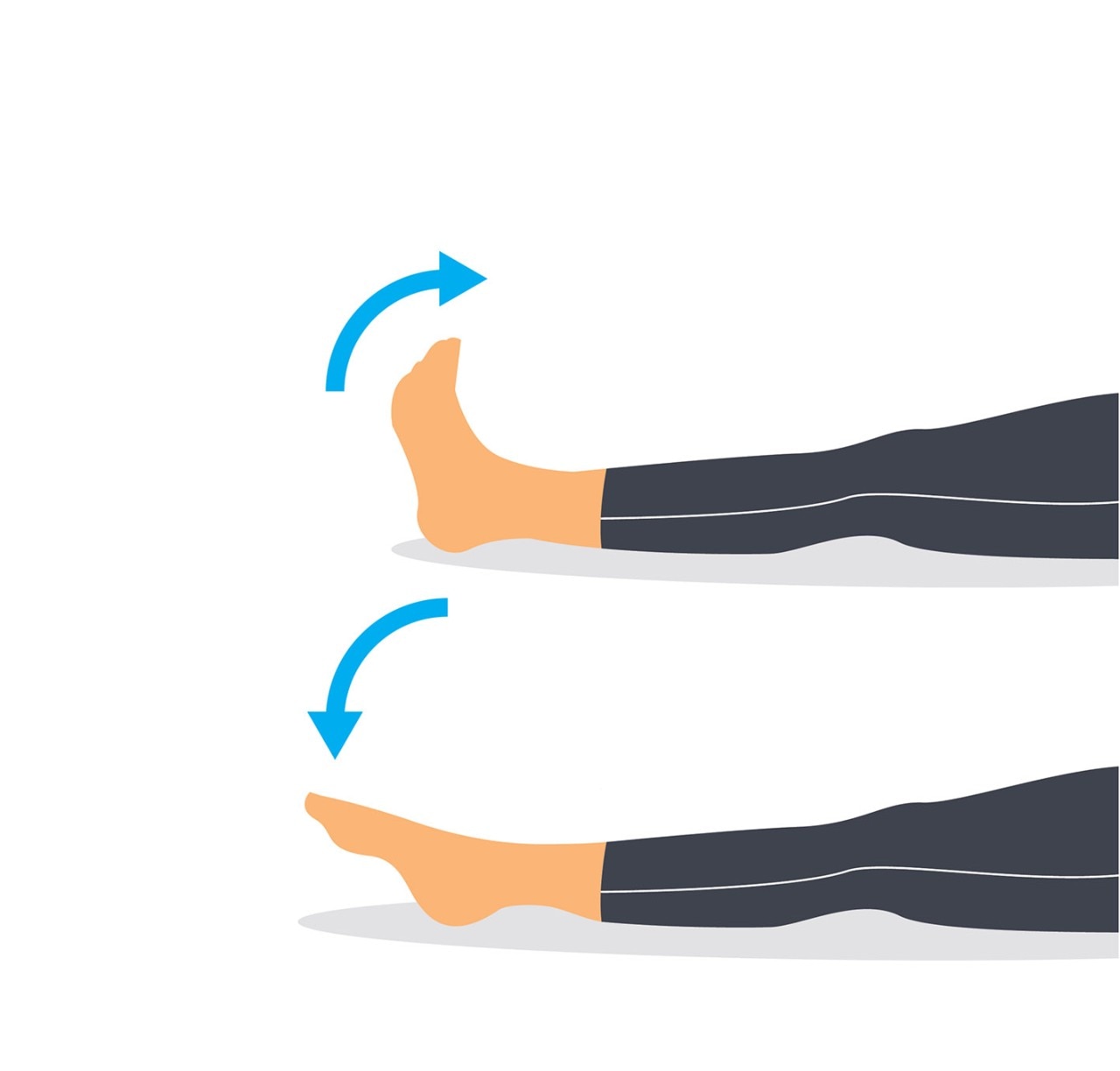
2) Heel slides – Lie on your back in bed or on a mat. With legs straight. On the arthritic side, slide the heel up to bend the knee and hip. Repeat slowly. These are good for quad and knee flexion.
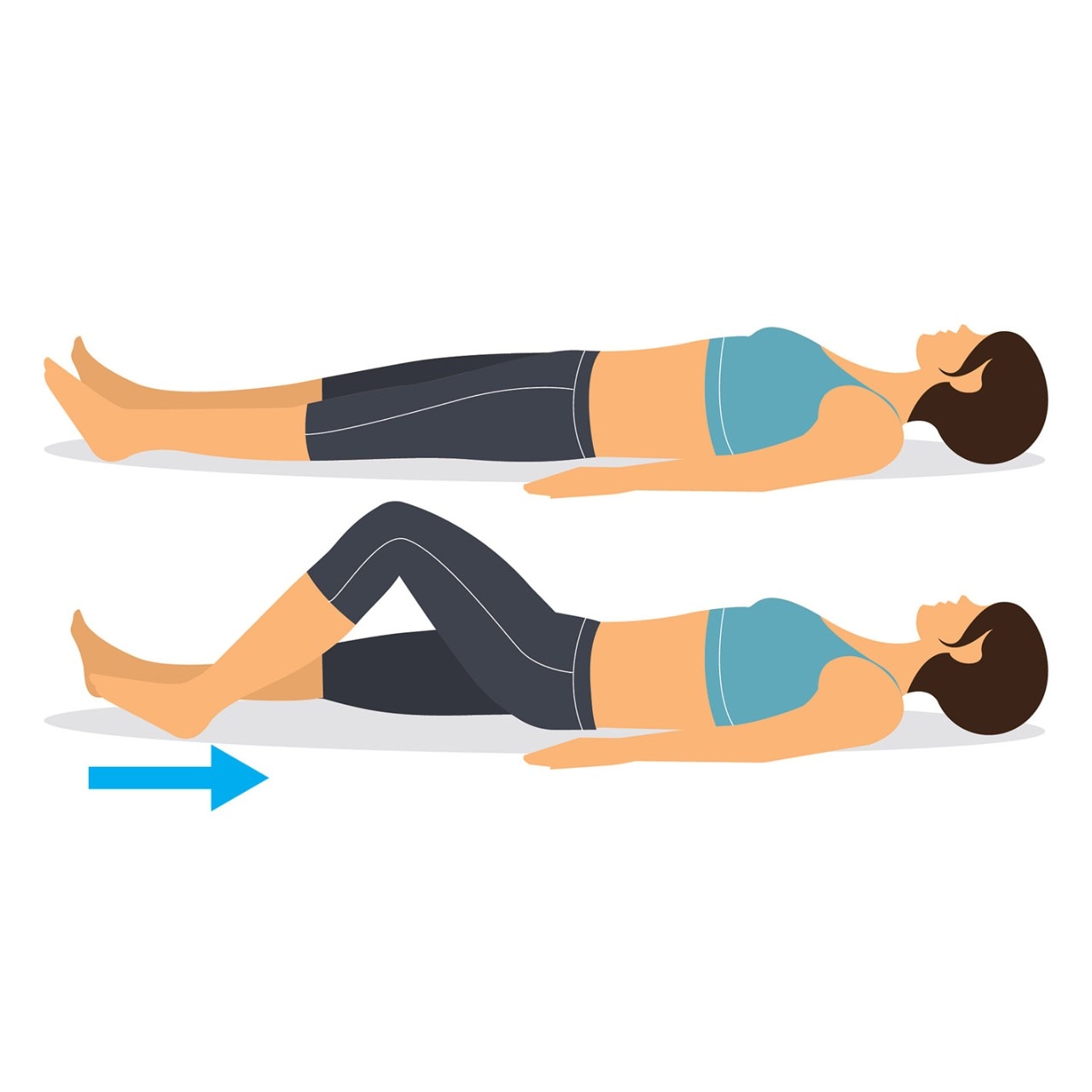
Further progressing through different levels of exercise, next would be isokinetic (movement level of exercises) with light resistance either against body weight (gravity) or light weights such as ankle weights or resistance bands.
1) Short arc quads – Prop up the knee on the affected leg with a rolled-up towel or foam roll. Slowly straighten the surgical knee to full extension and squeeze and hold against gravity. Slowly lower the heel to the floor. This is similar to the previously mentioned “quad sets”, but here slight resistance, like light ankle weights, can be added.
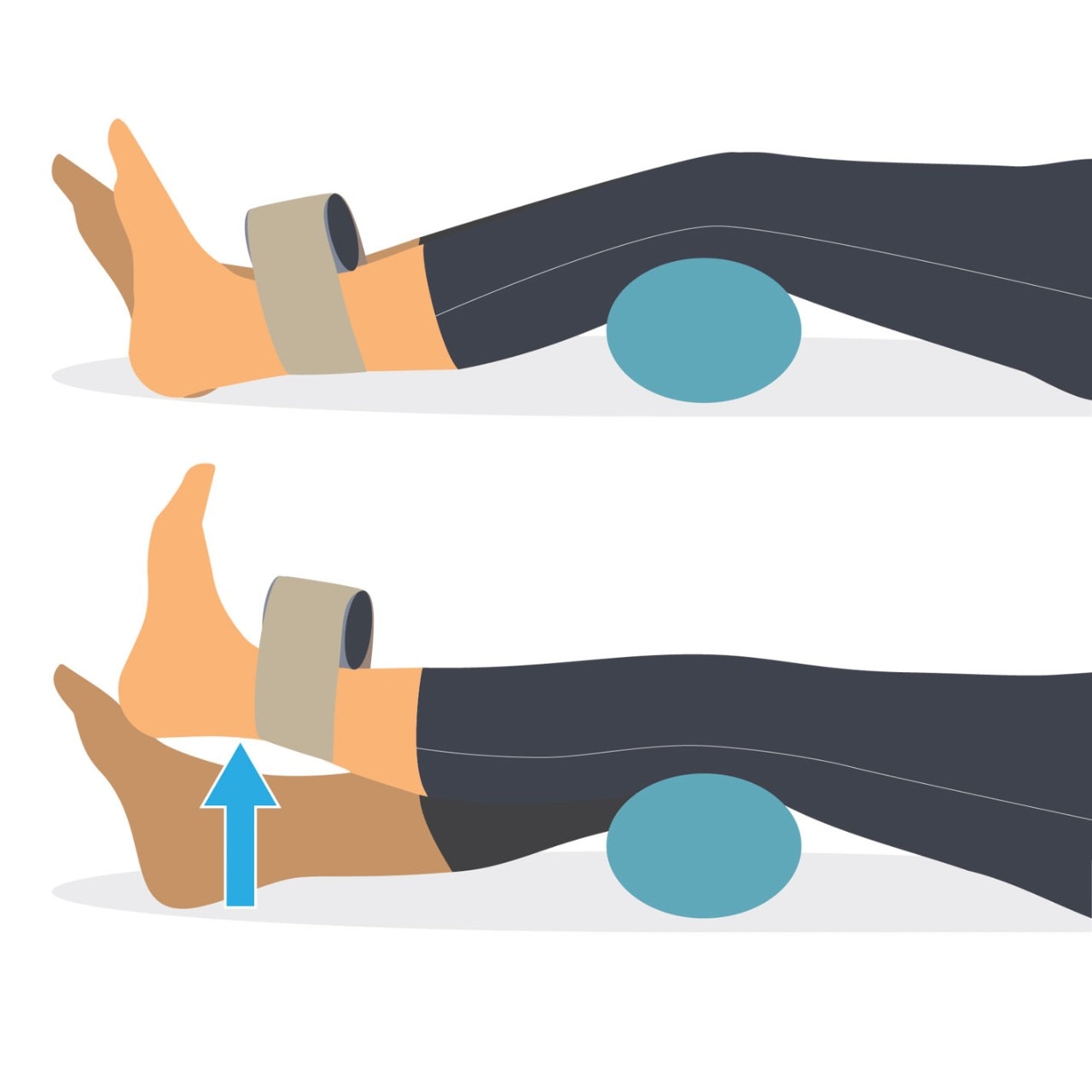
2) Long arc quads – Sit in a chair with an OPEN base. Extend the knee out fully straight squeezing the quad throughout. Lower the leg back to the ground (flex as far as you wish as well) then repeat.
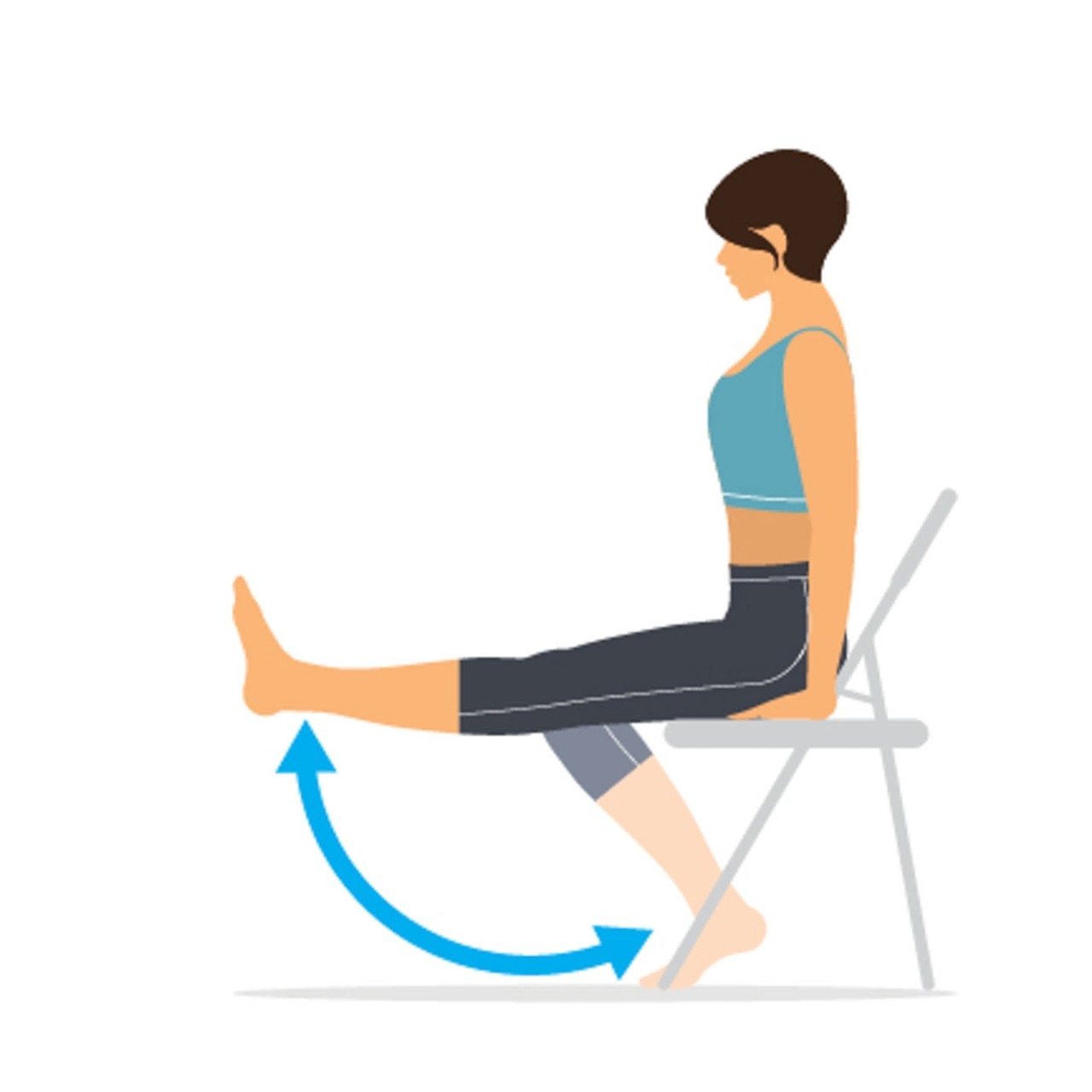
3) Single leg stance – Hold the back of a sturdy chair for balance. Lift the non-arthritic leg off the ground, standing only on the arthritic leg and maintain your balance. This can help improve balance and endurance.
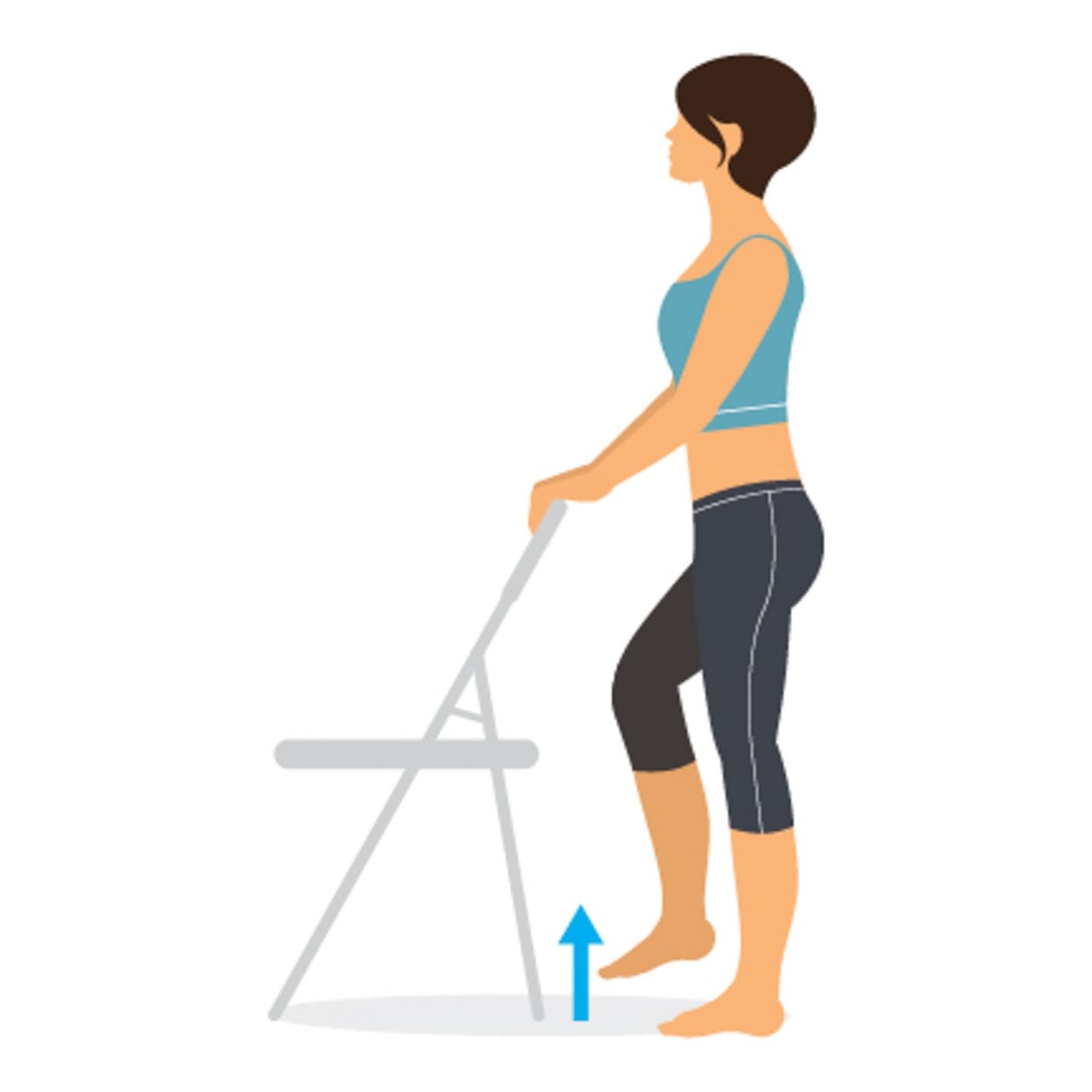
Finally, one special exercise for the knee is an eccentric contraction of the knee. This applies force while the muscle lengthens as opposed to shortening the muscle as it squeezes.
1) Attach a light weight, at most five pounds, to the lower leg. This can be as simple as taking a can of soup and ace wrapping it onto the shin. Sit comfortably in a chair with a back. Place the leg out straight and SLOWLY (like molasses). Allow the leg to lower by resisting the pull of gravity. The muscles are contracting as the quad lengthens with knee flexion. Five of these slowly are enough.
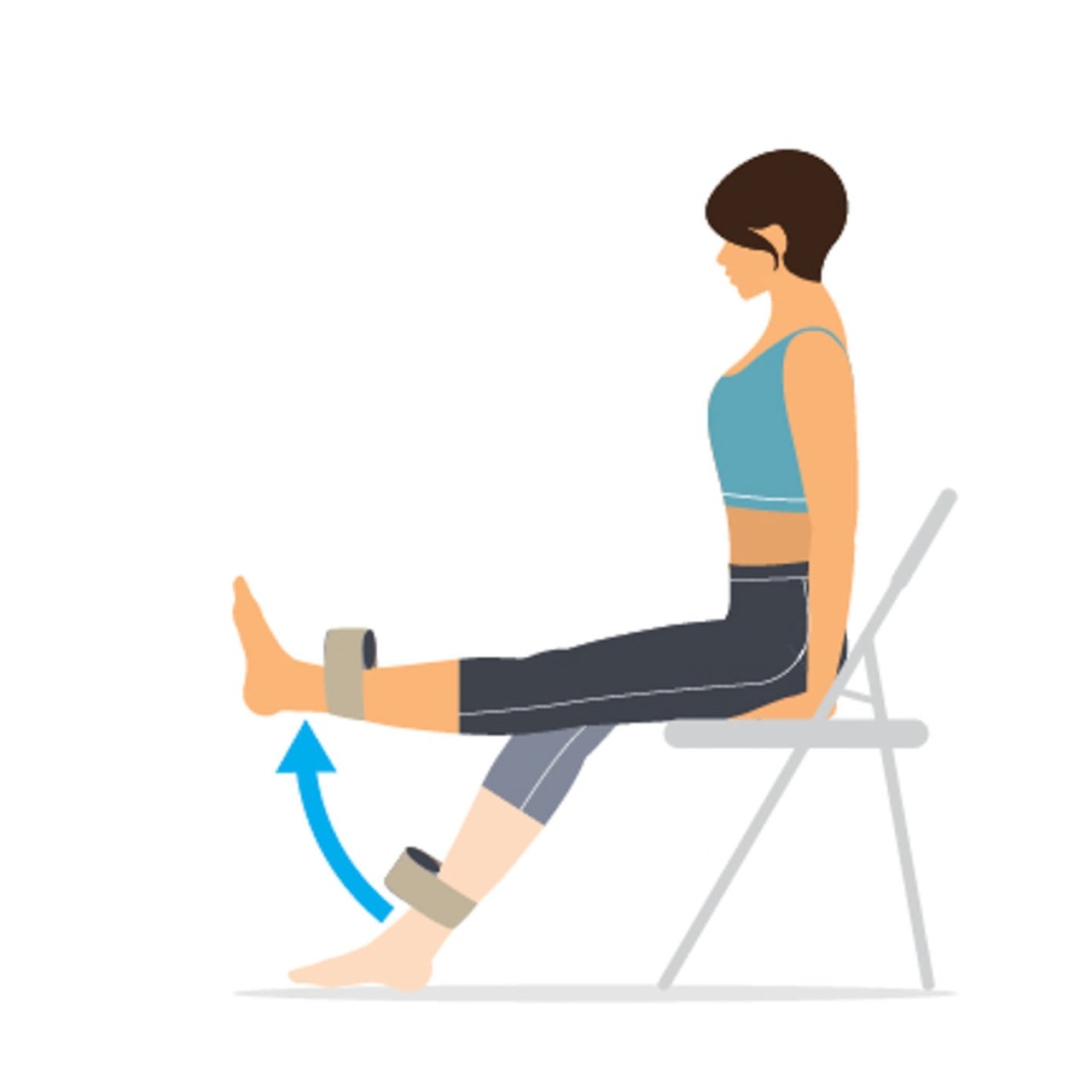
2) To work the hamstrings the same way, keep the soup can or weight on the leg. Stand, holding on to the back of the same chair. Balance on the opposite leg and bend the knee to a right angle. Slowly allow the foot to lower back down to the floor working the hamstring against gravity. Five repetitions are enough if you go slowly.
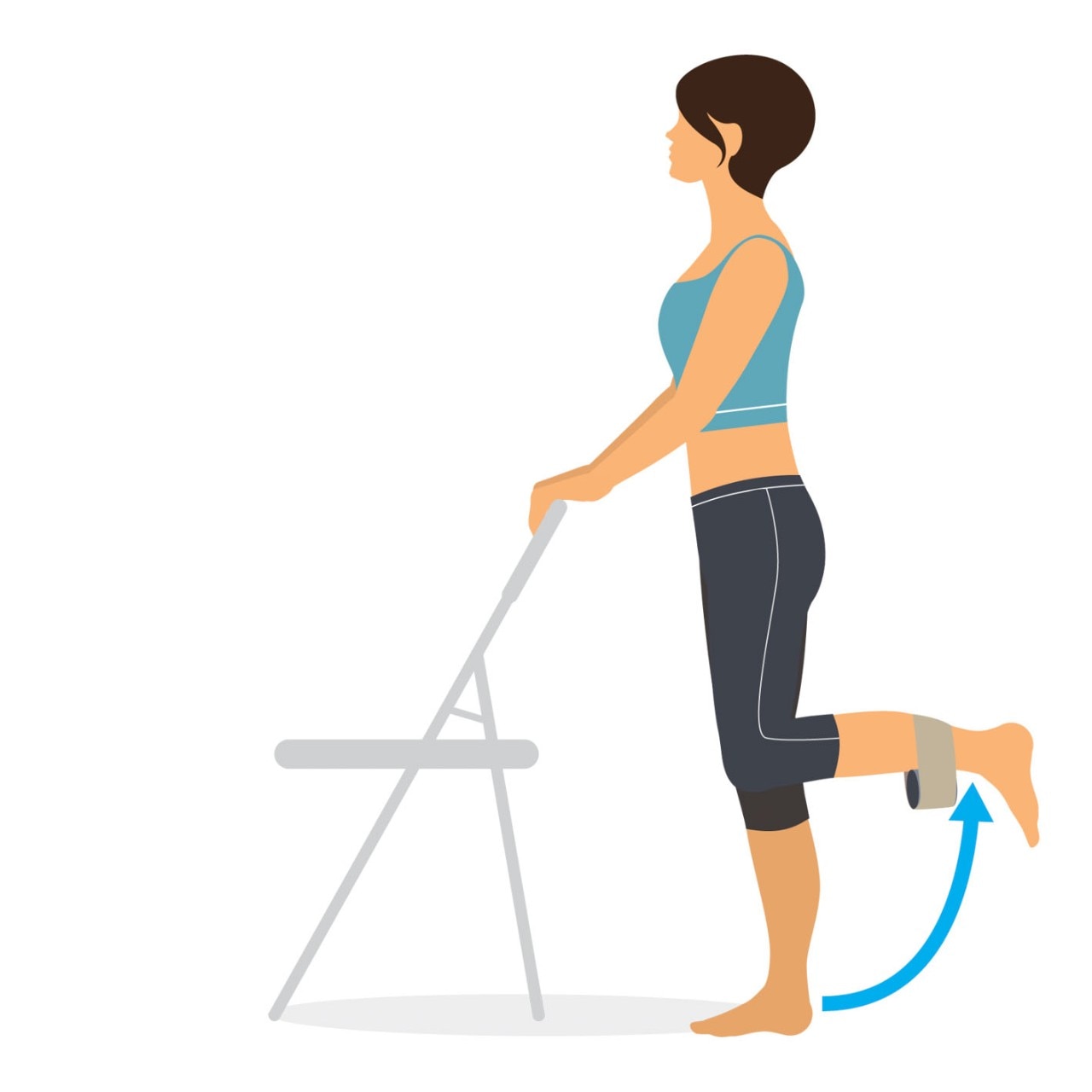
Improving range of motion can also be enhanced by exercise cycling. For an arthritic knee patient, upright or recumbent exer-cycles are effective. Try lowering the seat (or moving the rail seat closer to the pedals on a recumbent) a bit after a week to increase the amount of knee and hip flexion. Use low resistance and employ the opposite, healthy leg to “drive” through the movement. This can help with flexibility after surgery.
General endorphin release, the body’s natural painkiller, is enhanced by strong muscle activity. Use upper body exercise with light weights as well to gain this release – it can work on the entire system.
One final caveat: exercise with arthritic joints can be painful. Remember, these areas have decreased cartilage, lower tolerance for stress, and are active sites of inflammation. If an exercise hurts, DO NOT PUSH THROUGH IT! Stop, stretch, and move on to something else. Always ask your doctor or healthcare professional for advice.